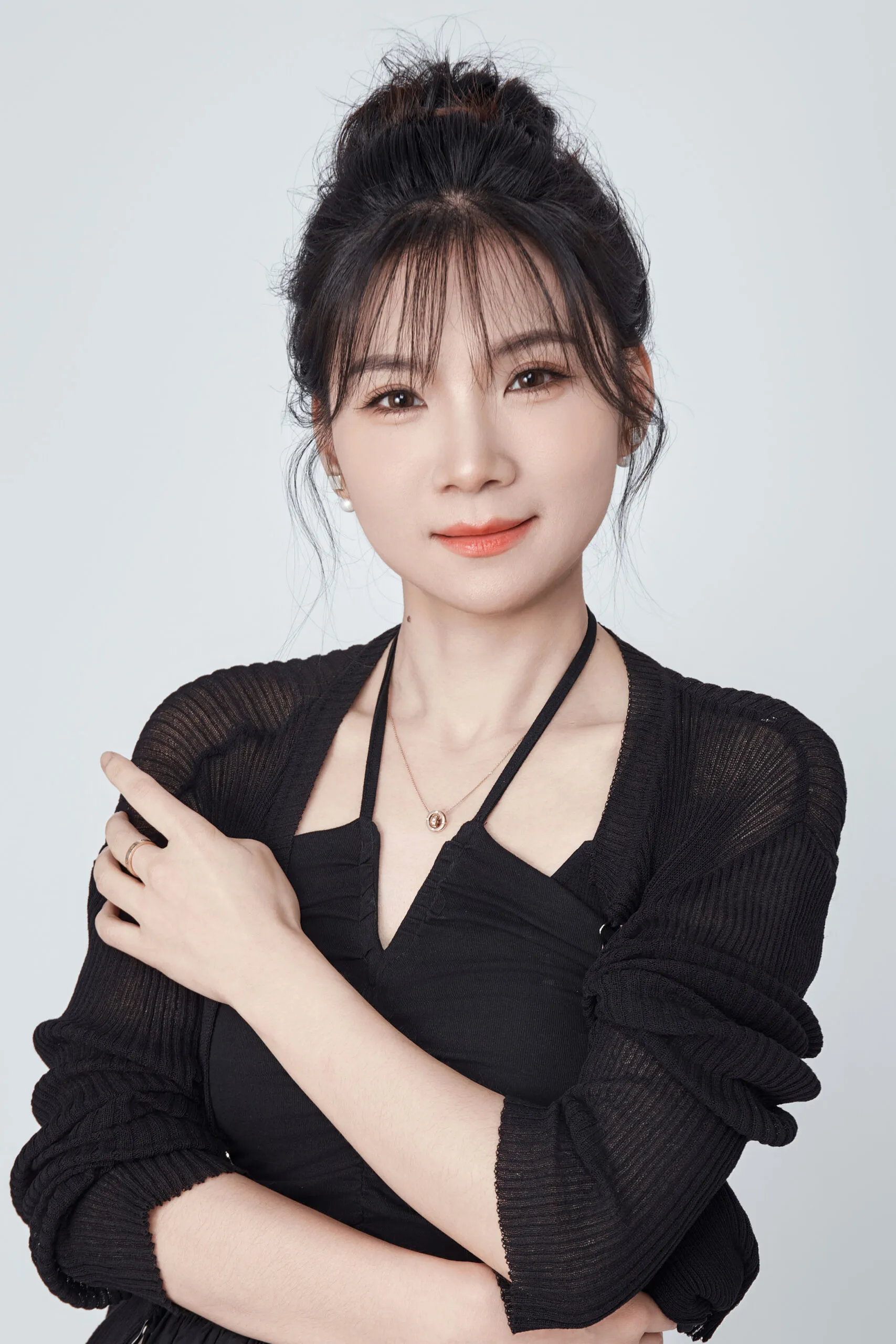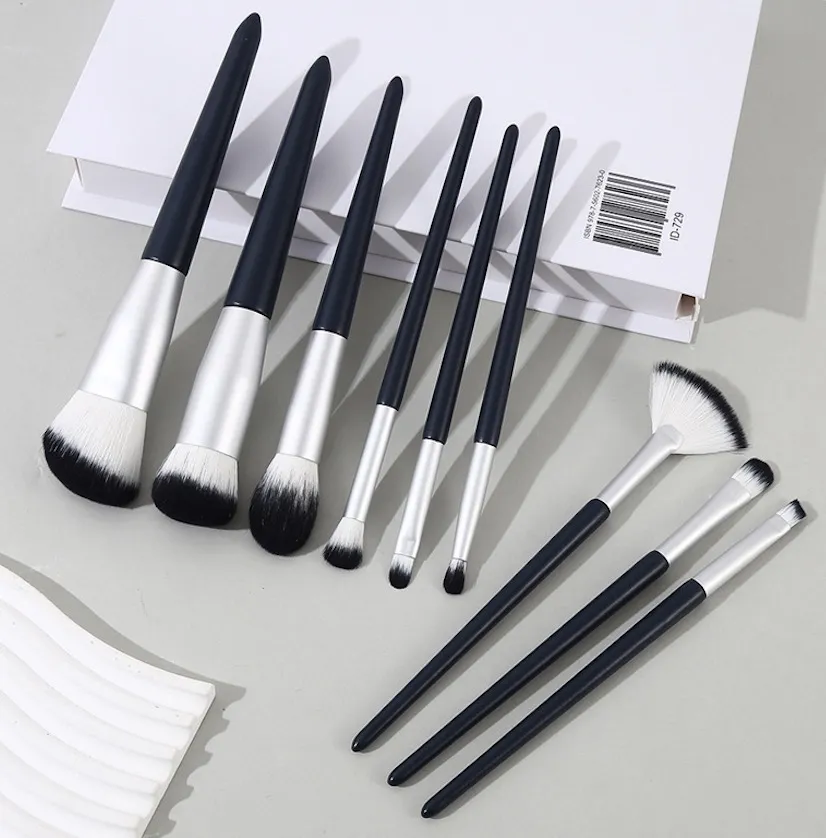Finding a reliable supplier for your beauty brand feels impossible. You’re worried about inconsistent quality, missed deadlines, and partners who just don’t get your vision. This guide changes that.
The best sources are direct OEM/ODM factories1 in China for value and customization, Japan or Italy for artisan quality, and vetted B2B marketplaces like Made-in-China. For premium private label, established OEMs like Taiki offer advanced options. Always verify quality with golden samples before ordering.
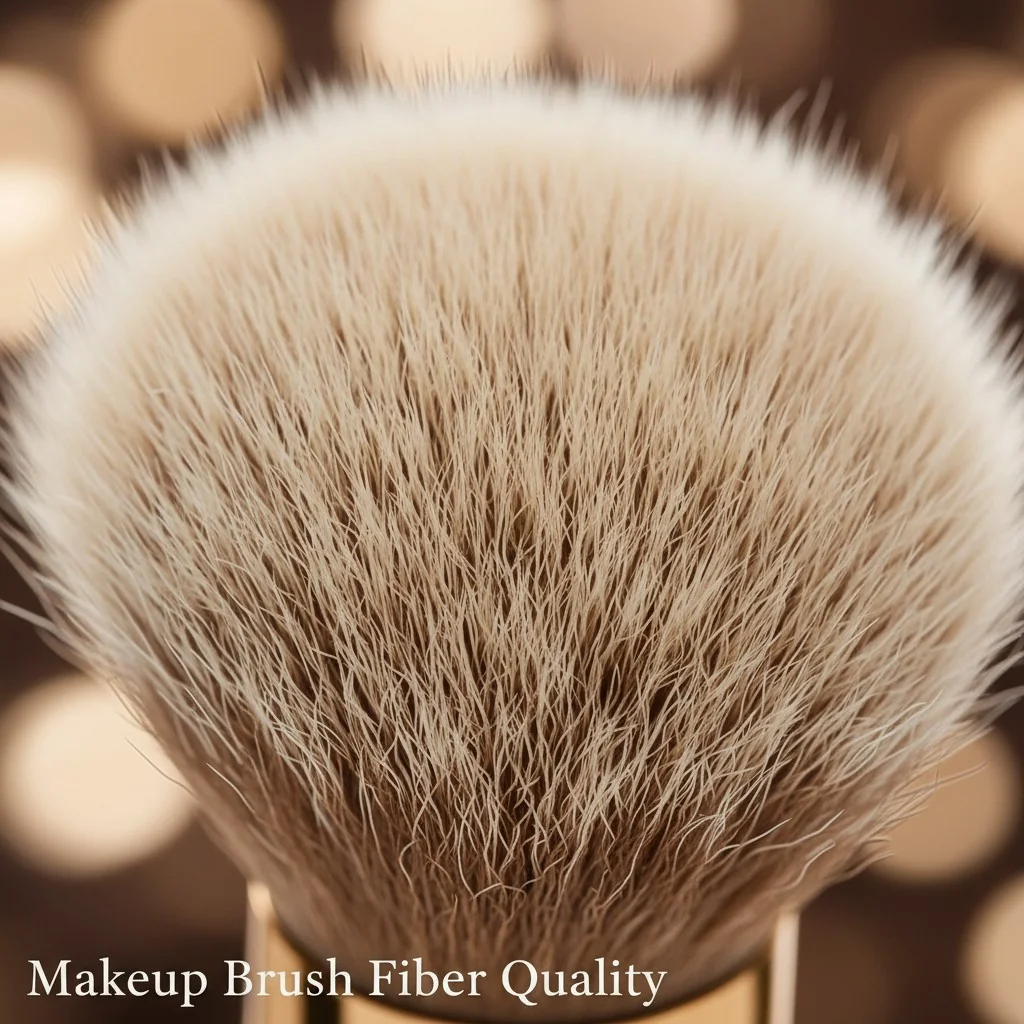
I remember my first years working on a brush factory floor. I saw firsthand what separates a beautiful, lasting brush from one that falls apart after a few washes. The difference isn’t just the materials; it’s the partner you choose. Finding the right supplier is the most critical step in building a successful beauty tool line. Many brand founders I work with, just like you, feel lost in a sea of options. They don’t know who to trust or where to even begin.
That’s why I put together this guide. It’s a clear, practical roadmap based on my experience building an OEM/ODM business from the ground up. We will walk through where to look, who to contact, and exactly what to ask for to protect your brand and your investment. Let’s get your vision into your customers’ hands.
The global makeup brush market was valued at over $5 billion in 2023.False
While the market is strong, the valuation was closer to $1.6 billion in 2023. The overall makeup tools market was larger, at around $3.38 billion.
The makeup brush market is projected to reach approximately $2.7 billion by 2033.True
Market analysis from firms like Allied Market Research shows a steady compound annual growth rate (CAGR) of around 5.1%, indicating stable, long-term demand for private label brushes.
Where is the best place to source high-quality makeup brushes in bulk?
You know you need a supplier, but the internet is a confusing mix of factories, traders, and marketplaces. Wasting time vetting the wrong partners can delay your launch by months.
Start with audited Chinese OEMs on marketplaces for the best balance of value, speed, and customization. For top-tier prestige lines, contact established global OEMs directly. For faster turnarounds on smaller projects, look at domestic manufacturer directories.
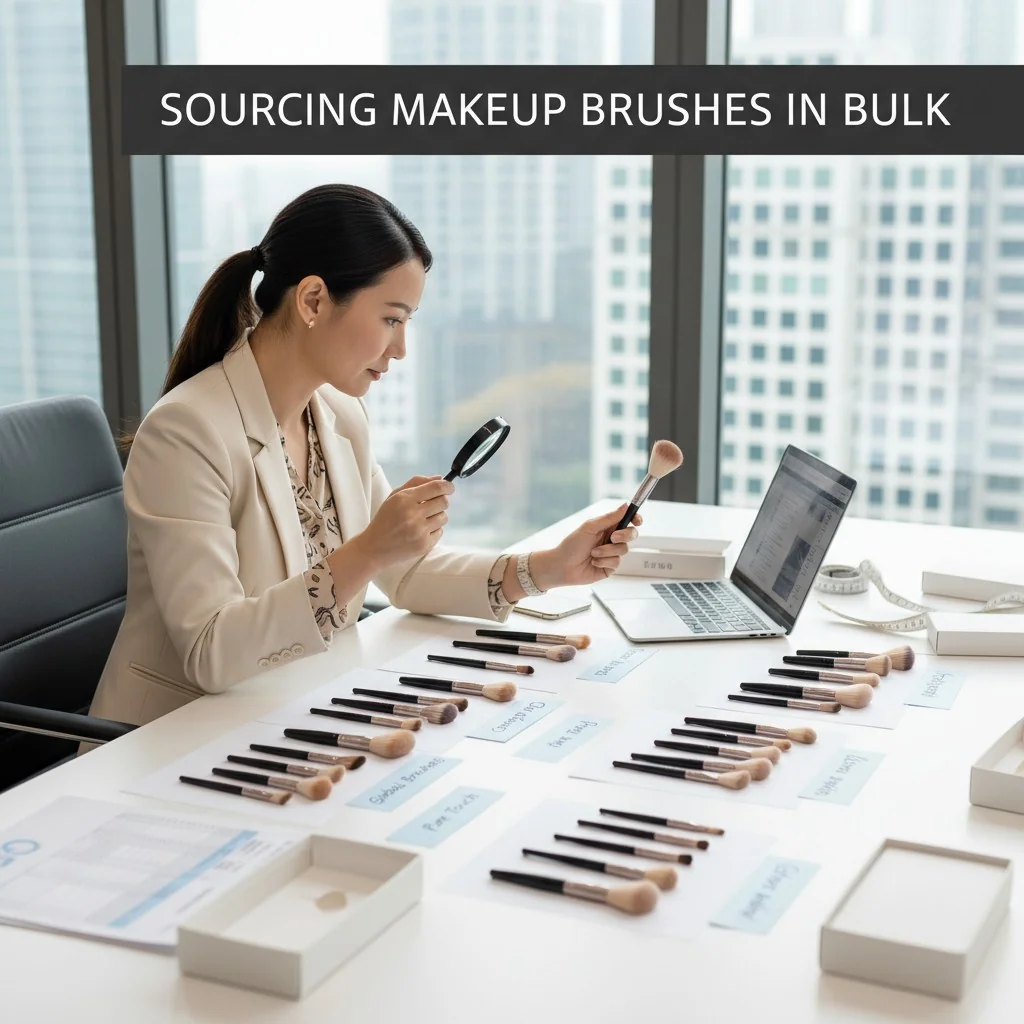
Choosing where to source from depends entirely on your brand’s priorities: are you focused on value, artisan craftsmanship2, or speed? I’ve helped clients navigate all these paths. The key is to know the strengths and weaknesses of each channel. Let’s break down the main options so you can decide which is right for you.
Direct OEM/ODM Factories
This is the most common path for serious brands. You work directly with the factory that makes your products. This gives you the most control over customization, from the fiber blend to the handle finish and packaging.
- China: This is the global hub for makeup brush manufacturing. You’ll find the widest range of options, from budget-friendly to premium. Key regions are Guangdong and Zhejiang. The ecosystem is mature, meaning they are experts in private label.
- Japan (Kumano) & Italy: These regions are famous for artisanal, handcrafted brushes. The quality is exceptional, making them ideal for luxury brands. However, expect higher prices and MOQs.
- Korea: Known for innovation in beauty, Korean suppliers are great for unique designs and materials, though the supplier base is smaller than in China.
Vetted B2B Marketplaces
Platforms like Made-in-China.com and BeautySourcing are powerful tools if you use them correctly. They are not just directories; they list thousands of factories and often provide audit reports and verification badges. This helps you filter out unreliable suppliers. I always tell my clients to use these platforms to build a shortlist, then immediately request samples to begin the real vetting process.
Domestic Manufacturers
For brands in North America or Europe, sourcing locally3 can be an option. Directories like Thomasnet list US-based manufacturers. The main benefits are shorter shipping times and easier communication. The downside is significantly higher costs and a much smaller selection of suppliers and materials compared to Asia. This path is often best for brands that need small, quick runs and can absorb the higher unit cost.
What MOQ, lead time, and price ranges should B2B buyers expect?
You’re ready to contact suppliers, but you have no idea if their quote is fair. Without benchmarks, you can’t budget properly or know if you’re getting overcharged for your project.
In China, expect MOQs of 500–2,000 sets and production lead times of 25–45 days. Prices vary widely based on complexity. Premium global OEMs often require MOQs of 5,000+ pieces per style with longer lead times.
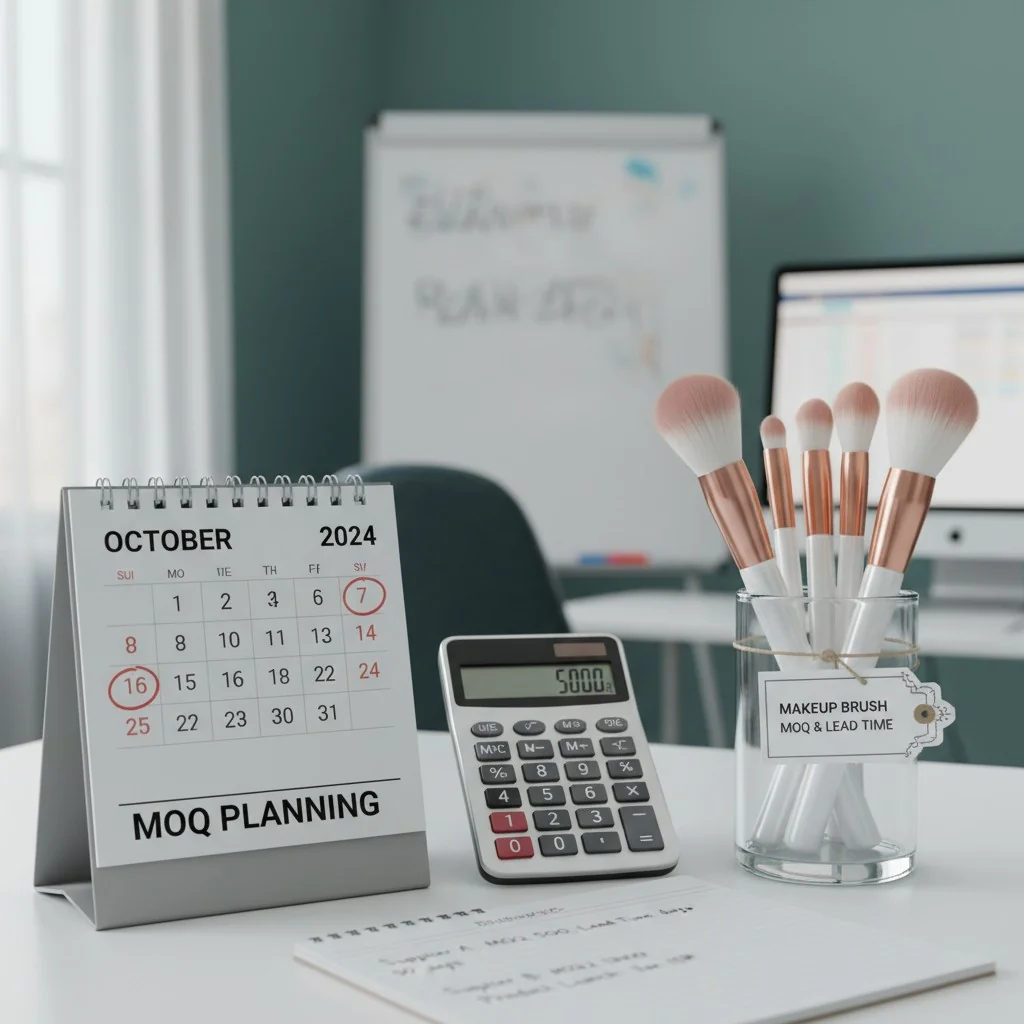
These numbers are the first thing a brand founder asks me about. "What’s a normal MOQ4?" or "How long will it take?" The answer always depends on the supplier and your product’s complexity. A simple powder brush with a plastic handle is very different from a 15-piece custom-dyed set in a bespoke box. Let’s look at what you can realistically expect.
Typical Benchmarks by Supplier Type
| Supplier Type | Typical MOQ | Production Lead Time | Price Range |
|---|---|---|---|
| Chinese Marketplace Factory | 500–2,000 sets | 25–45 days | Low to Mid |
| Premium Global OEM (e.g., Taiki) | 5,000+ pieces/style | 45–90+ days | High |
| Domestic (US/EU) Factory | 500–5,000 pieces | 30–60 days | Very High |
Factors That Influence Price, MOQ, and Lead Time
- Fibers: Custom-engineered fibers, vegan options, or antimicrobial treatments will increase cost and may require a higher MOQ.
- Handles: Solid wood, unique shapes, or multi-color painted finishes cost more than standard plastic or simple wood handles.
- Ferrules: Copper ferrules are more durable and premium than aluminum, so they cost more.
- Packaging: A custom-printed magnetic box will add more to the cost and timeline than a simple polybag or PVC pouch.
For new brands, finding a partner who offers a low MOQ is crucial. It allows you to test the market without tying up all your capital in inventory. This is a core part of our mission at Brushino—we specialize in helping brands like yours get started with manageable quantities.
How do I verify brush quality before placing a large PO?
You’ve received a beautiful sample, but you’re terrified the bulk order won’t match. This is a common and costly nightmare for many brand owners I’ve worked with.
You must approve a "golden sample" as your standard. Then, test everything: fiber softness and shedding, ferrule crimp strength, handle coating, and logo printing. Finally, demand the factory’s internal QC documents and AQL levels.
When I was starting my own factory, I became obsessed with quality control5. A single bad batch can ruin a brand’s reputation. You cannot trust that a factory will "just get it right." You have to be proactive and set clear standards. Your purchase order (PO) is a contract, and your golden sample and QC checklist are the terms of that contract. Here is a practical checklist to use before you approve any large order.
The Factory Evaluation & QC Checklist
Before you send a deposit, you need to verify the product from top to bottom.
1. Fibers
- Specification: Confirm the exact fiber type (e.g., BASF PBT, synthetic variations). Request a spec sheet.
- Feel & Performance: Is it as soft as promised? Does it pick up and apply product well?
- Density: Does the brush head feel full and substantial?
- Shedding Test: Vigorously rub the brush on your hand or a cloth. More than 2-3 loose fibers is a red flag.
- Wash Test: Wash the brush 3-5 times. Does it shed, lose its shape, or does the dye run?
2. Ferrule and Handle
- Ferrule Material: Confirm if it’s aluminum (standard) or copper (premium).
- Crimp Strength: Gently try to pull the handle from the ferrule. It should not budge. This "pull test" is a standard QC check.
- Handle Finish: Check the paint or varnish for evenness. Scratch it with a fingernail to test for durability.
- Logo: Try to scratch the logo off with a coin. A well-printed logo should resist abrasion.
3. Process and Hygiene
- QC Documents: Ask for the factory’s Standard Operating Procedures (SOPs) for quality control. Do they check incoming materials? Do they have in-process checks?
- AQL Standard: Ask what their final inspection standard is (Acceptable Quality Limit). This tells you how seriously they take final quality.
- Hygiene Claims: If they claim antimicrobial treatment, ask for the technical documentation and safety data for the treatment used.
Actionable Buyer Checklist
- Shortlist Channels: Choose your path: 1) Premium OEM for innovation, 2) Vetted marketplaces for value, or 3) Domestic lists for speed.
- Validate Samples: Get golden samples6. Test fiber density, shedding, ferrule crimp strength, handle varnish, and logo abrasion.
- Confirm Specs: Lock in all specifications: fiber type, handle material, Pantone colors, and packaging dielines.
- Get Documentation: File the supplier’s ISO/QC credentials, vegan/cruelty-free declarations, and any technical sheets for special claims.
Plan Logistics: Align the MOQ and production timeline with your launch window. Always add a buffer for shipping, especially ocean freight.
Which certifications and claims matter for bulk brush sourcing?
You see terms like "Vegan," "Cruelty-Free," and "ISO Certified" everywhere. But you’re worried these are just marketing words without any real proof, which could damage your brand’s credibility.
Focus on proof. Require an ISO 9001 certificate for the quality system. For claims like "Vegan" or "Cruelty-Free," demand a formal, signed declaration from the supplier. If a material is "eco-friendly," ask for sourcing documents like FSC for wood.
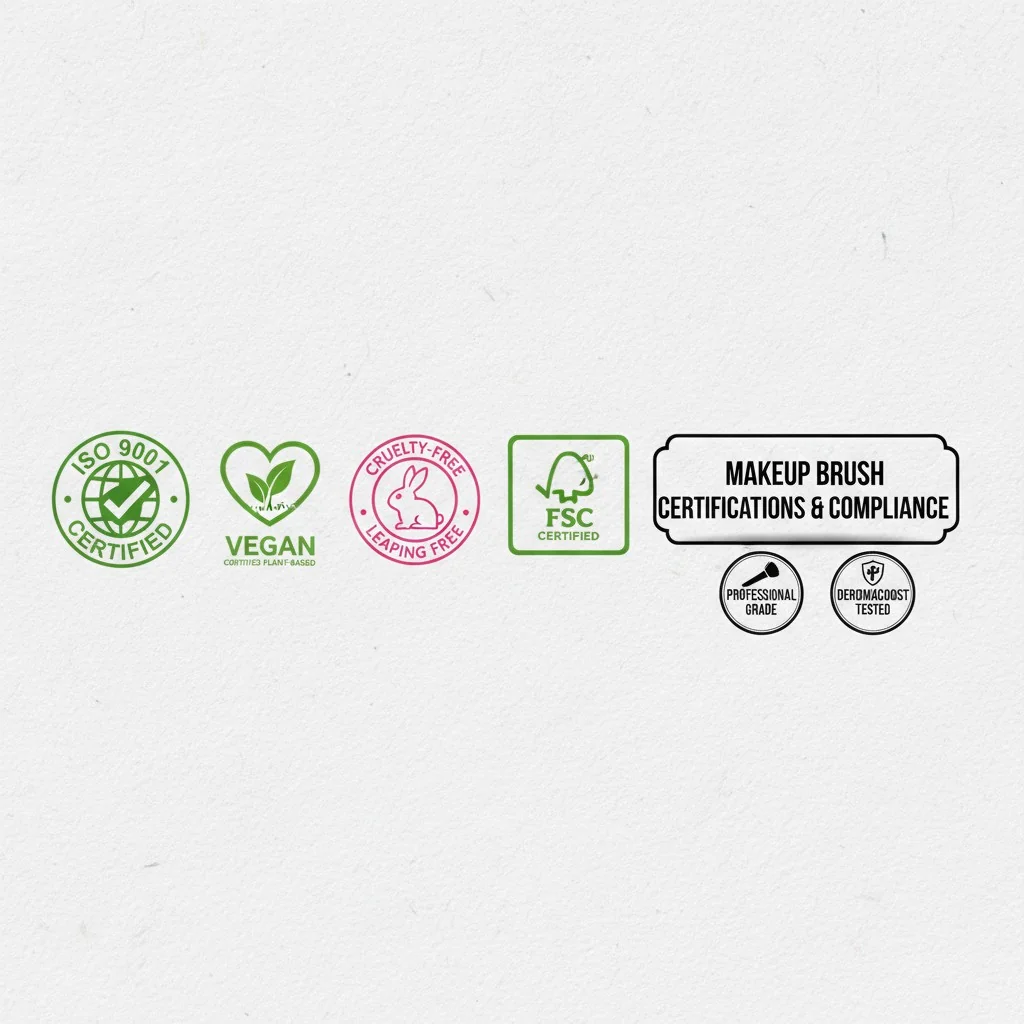
For brand founders like Emily, my typical client, brand values are everything. Her customers buy from her because they trust her commitment to cruelty-free and high-quality products. If a supplier provides a brush that doesn’t live up to those claims, the trust is broken. That’s why I tell every client: "Don’t just accept claims, verify them." A good supplier will have the documentation ready and will be happy to share it. A supplier who makes excuses is a major red flag.
Key Certifications and Declarations to Require
Quality System: ISO 9001
This is the international standard for a quality management system. It doesn’t guarantee a perfect product, but it proves the factory has reliable and repeatable processes for production and quality control. It shows they are a professional organization.
Ethical Claims: Vegan & Cruelty-Free
Since there is no single, official global "vegan" logo for brushes, you must get this in writing.
- Vegan: The supplier must provide a signed declaration stating that no animal-derived materials (like animal hair or certain glues) were used in the product.
- Cruelty-Free: This is a declaration that no animal testing was performed on the finished product or its components.
Sustainability Claims: FSC & Recycled Materials
If you are building an eco-conscious brand, documentation is even more critical.
- FSC (Forest Stewardship Council): If you are using wooden handles, ask if the supplier can provide them with FSC-certified wood. This ensures the wood comes from a responsibly managed forest.
- Recycled Materials: If a supplier offers recycled aluminum ferrules or recycled plastic handles, ask for documentation from their material provider to back up the claim.
Conclusion
Finding the right bulk brush supplier comes down to choosing the right channel, verifying quality with samples, and demanding documentation for every claim. This protects your brand and ensures your vision comes to life.
References
-
Explore how OEM/ODM factories can provide customization and quality control for your beauty brand. ↩
-
Explore the benefits of choosing artisan-crafted brushes for luxury beauty brands. ↩
-
Find out how local sourcing can enhance communication and reduce shipping times. ↩
-
Get insights into minimum order quantities and how they affect your sourcing strategy. ↩
-
Discover essential quality control measures to maintain high standards in your product line. ↩
-
Understand the significance of golden samples in ensuring product quality before bulk orders. ↩

